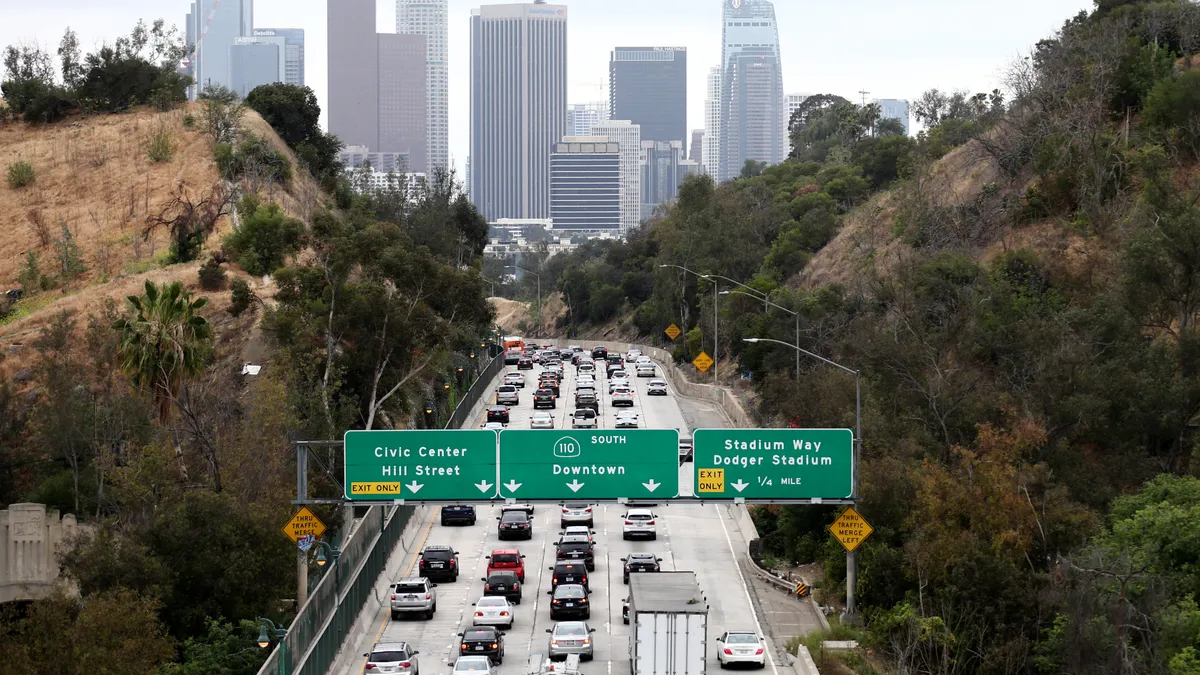The California Air Resources Board announced Thursday a $2.6 billion clean mobility plan focused on directing benefits from the transportation transition to low-income communities and those disproportionately burdened by pollution. Initiatives will include incentives for cleaner trucks and buses, bike- and car-sharing, and consumer rebates for clean cars.
According to a CARB press release, more than 70% of the $2.6 billion in the fiscal year 2022-23 funding will benefit “priority populations.”
"California is backing up our commitment to clean the air in overburdened communities with the largest state investment yet in zero-emission vehicles and sustainable transportation,” CARB Chair Liane Randolph said in the press release.
The plan includes:
- More than $2 billion for zero-emission trucks and buses and off-road equipment, including school buses, transit buses, and drayage trucks.
- $33 million to help small truck fleets transition to cleaner technologies.
- $135 million for demonstration and pilot projects, including commercial harbor craft.
- $326 million for consumer vehicle purchase incentives.
- $55 million for clean mobility investments.
Low-income consumers will be eligible for up to $15,000 in incentives for new EVs if they don’t scrap an older vehicle and up to $19,500 for those with an older car to scrap. That’s more than $3,000 above the current incentives.
However, EVs are still pricier than gasoline-powered vehicles. In the latest figures from September, the average selling price for electric vehicles was more than $65,000. Just two models — the Chevrolet Bolt and Nissan Leaf — are priced under $30,000.
The state has committed $10 billion through fiscal year 2026-27 to decarbonize California’s transportation sector, part of the state’s $53.9 billion climate commitment. “These collective efforts are exactly how we will phase out new gas-powered cars by 2035,” said Gov. Gavin Newsom in a press release.












